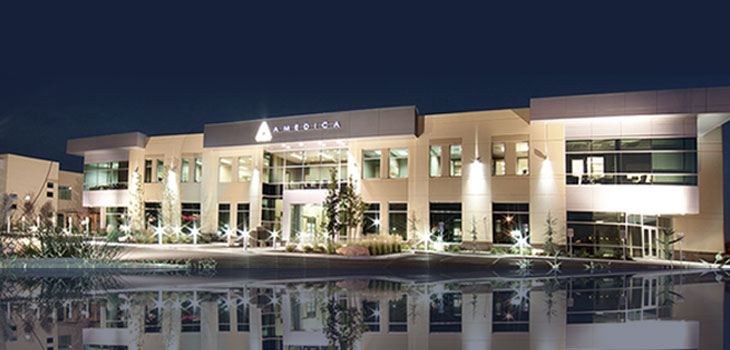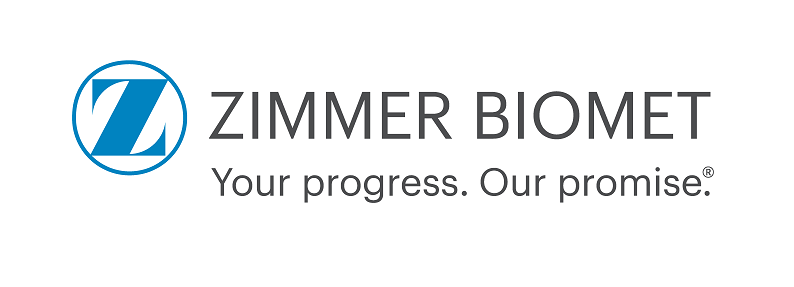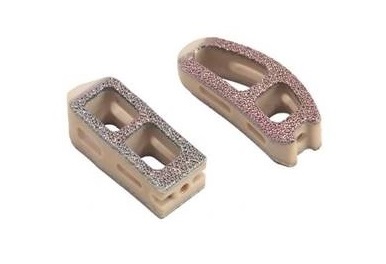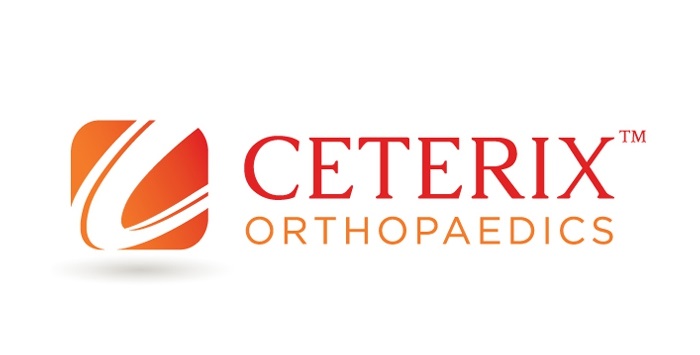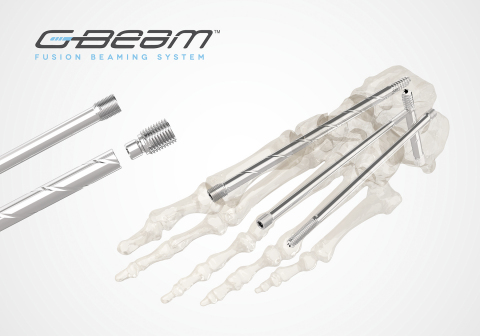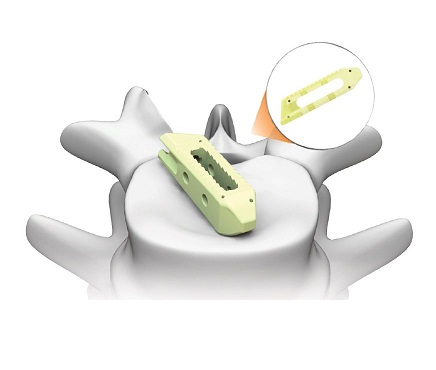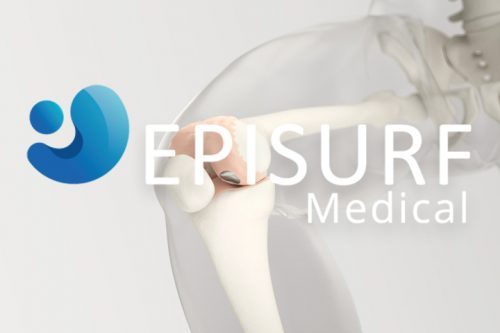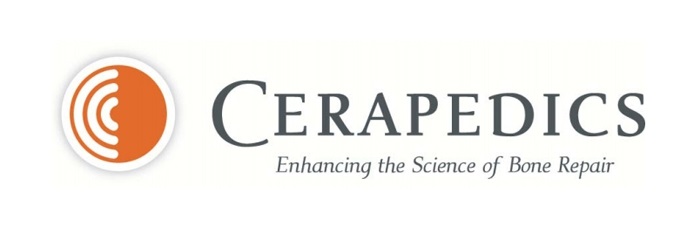SALT LAKE CITY, March 30, 2018 (GLOBE NEWSWIRE) — Amedica Corporation (Nasdaq:AMDA), an innovative biomaterial company which develops and manufactures silicon nitride as a platform for biomedical applications, is pleased to announce the issuance of a key material and process patent. US patent 9,925,295 was issued to Amedica March 27, 2018, covering “Ceramic and/or glass materials and related methods.” The patent covers various methods for improving the antibacterial, osteoconductive, and osteoinductive characteristics of silicon nitride and other ceramic materials, particularly to make them more suitable for use in manufacturing a variety of biomedical implants. Amedica now has 59 US patents and 6 foreign patents.
“This patent reflects the scientific inquiry and accomplishments in which Amedica has invested heavily during the past few years. Other biomaterials usually require surface textural engineering to make them suitable for applications such as spinal fusion. Silicon nitride is unique in having a favorable nanostructure in the “as-fired” state already. Therefore, our focus has been to move beyond surface topography toward engineering the precise surface chemistry of silicon nitride through thermal, chemical, and/or mechanical treatments to achieve a broad-based material platform that has applications throughout the biomedical space. The innovative strength of this patent has attracted several potential developing partnerships with other companies, both in spine and outside. From an intellectual property standpoint, this patent alone contributes to the lasting and refreshed value in Amedica, specifically our scientific knowledge and our ability to modify and control the material toward specific, desired product applications.” said Dr. Sonny Bal, CEO and Chairman at Amedica.
About Amedica Corporation
Amedica is focused on the development and application of medical-grade silicon nitride ceramics. Amedica markets spinal fusion products and is developing a new generation of wear- and corrosion-resistant implant components for hip and knee arthroplasty. The Company manufactures its products in its ISO 13485 certified manufacturing facility. Amedica’s spine products are FDA-cleared, CE-marked, and are currently marketed in the U.S. and select markets in Europe and South America through its distributor network and its OEM partnerships.
For more information on Amedica or its silicon nitride material platform, please visit www.amedica.com.
Forward-Looking Statements
This press release contains statements that constitute forward-looking statements within the meaning of the Securities Act of 1933 and the Securities Exchange Act of 1934, as amended by the Private Securities Litigation Reform Act of 1995. These statements are based upon our current expectations and speak only as of the date hereof. Our actual results may differ materially and adversely from those expressed in any forward-looking statements as a result of various factors and uncertainties. For example, there can be no assurance that this patent will attract several potential developing partnerships with other companies, both in spine and outside. Other factors that could cause actual results to differ materially from those contemplated within this press release can also be found in Amedica’s Risk Factors disclosure in its Annual Report on Form 10-K, filed with the Securities and Exchange Commission (SEC) on March 29, 2018, and in Amedica’s other filings with the SEC. Forward-looking statements contained in this press release speak only as of the date of this press release. We undertake no obligation to update any forward-looking statements as a result of new information, events or circumstances or other factors arising or coming to our attention after the date hereof.
Contact: Amedica IR 801-839-3502 IR@amedica.com

